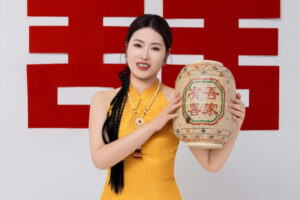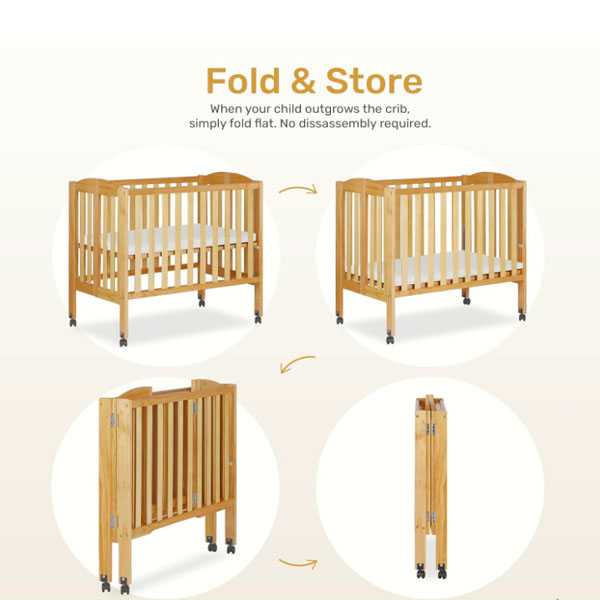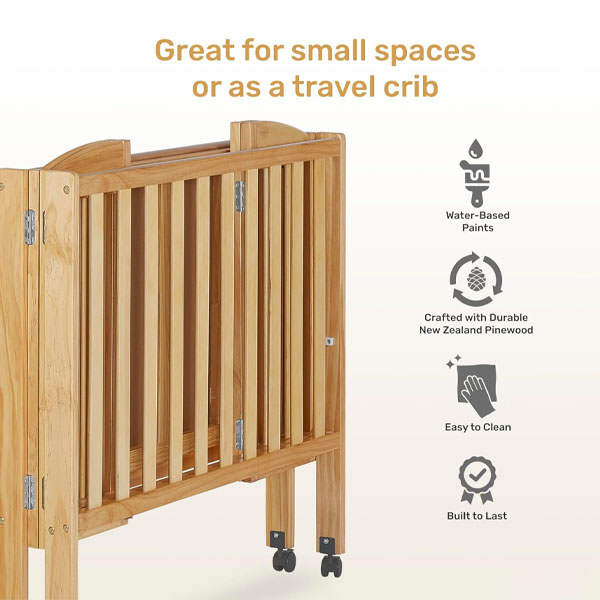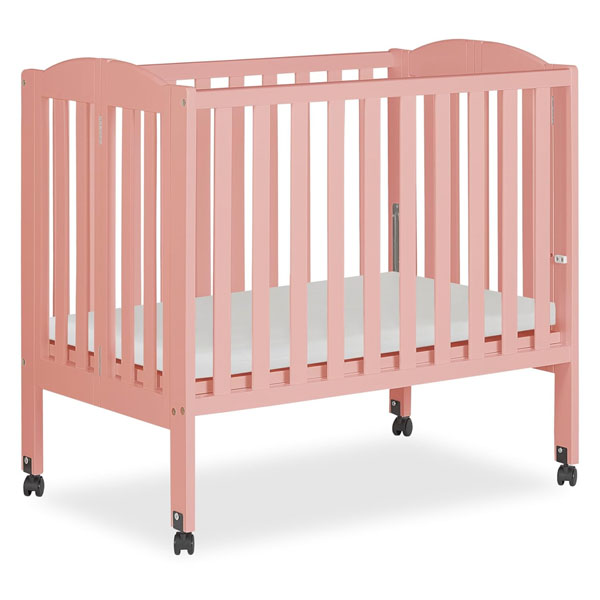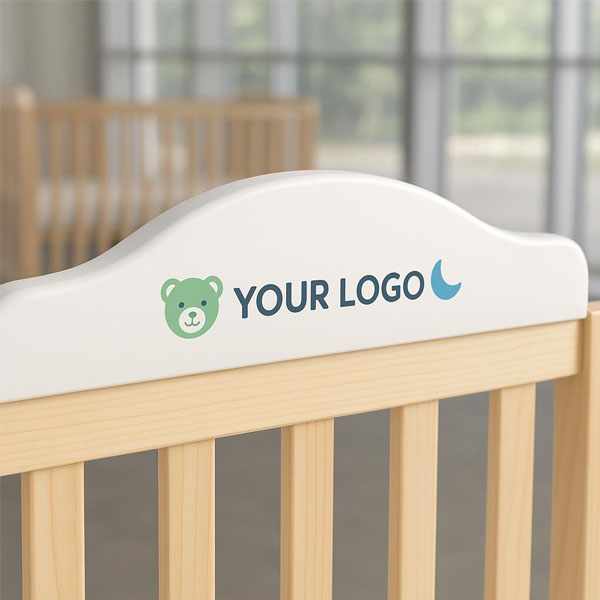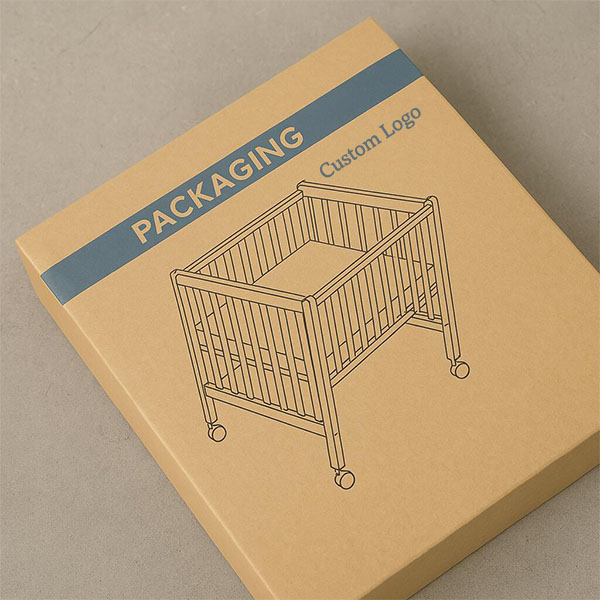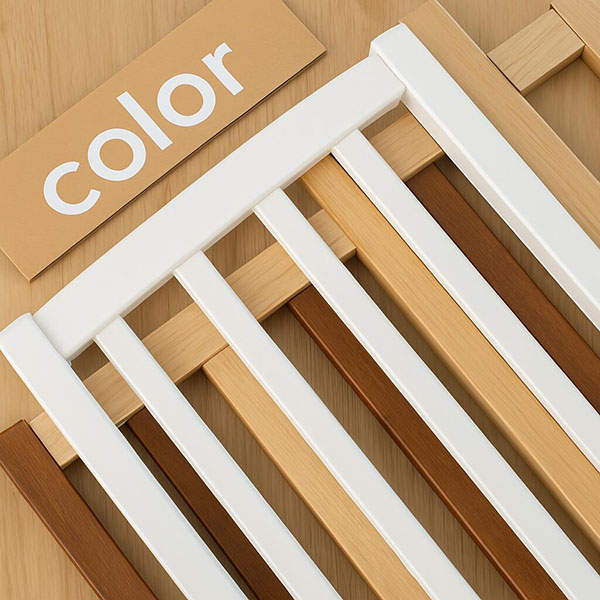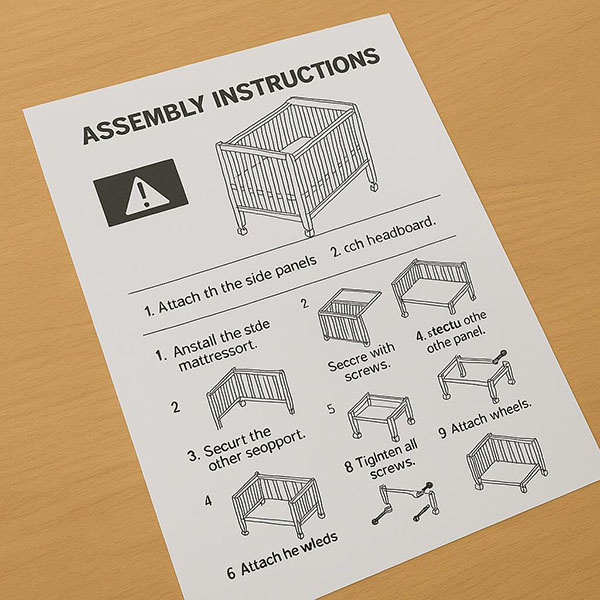5 Types of Baby Moses Baskets: Materials, Pros & Cons
Choosing the right Moses basket can be tricky—there are more styles and materials than most new parents realize. So how do you know which one fits your baby and your lifestyle?
There are five main types of baby Moses baskets: palm, maize, wicker, seagrass, and fabric. Each has unique pros and cons based on weight, durability, cost, and style.
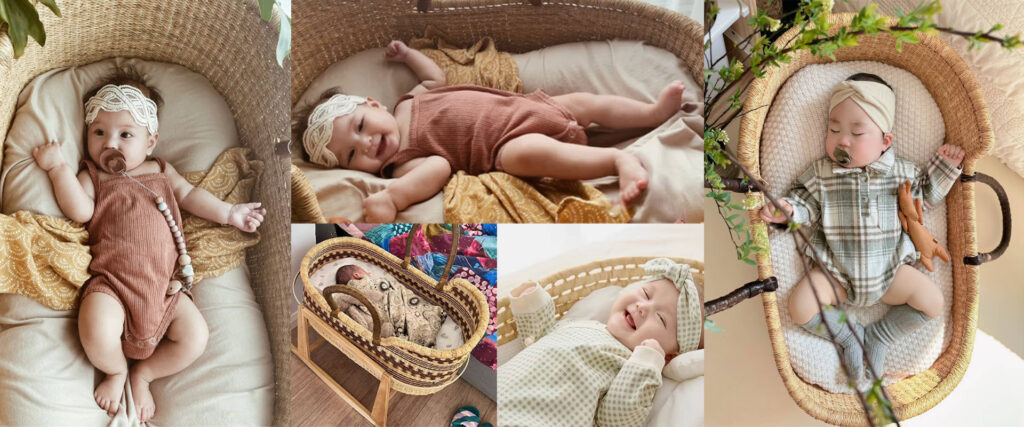
In this guide, I’ll break down each material, what makes it different, and when it’s the best choice.
1. Palm Moses Baskets
One of the most popular types—light, simple, and widely available.
Palm Moses baskets are lightweight, breathable, and budget-friendly, making them ideal for portability and everyday use.
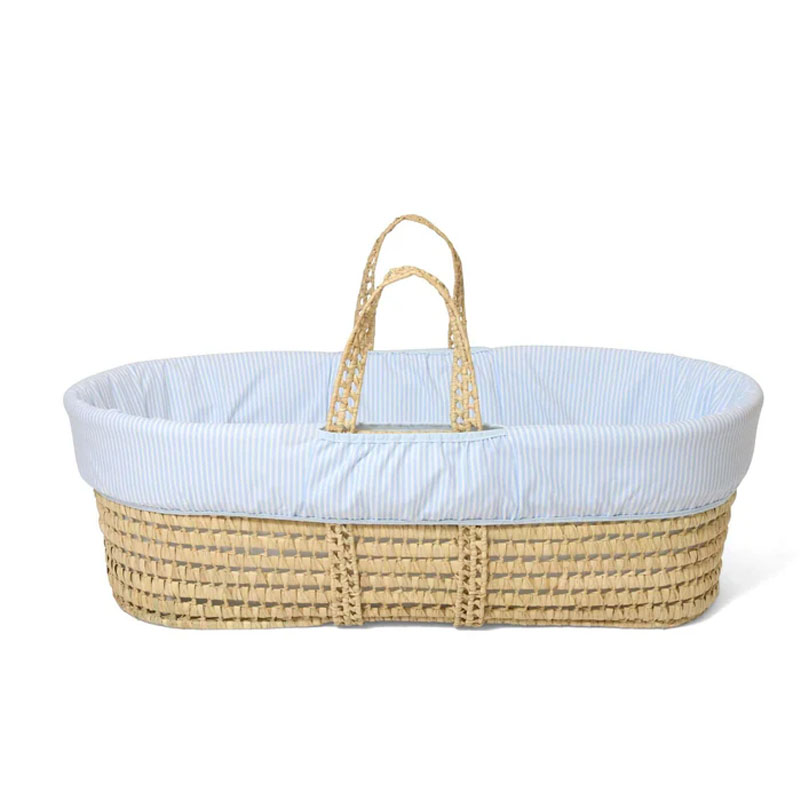
Pros
- Lightweight and easy to carry
- Natural material with good airflow
- Often more affordable
- Widely available in baby stores
Cons
- Less durable over time
- Can lose shape with heavy use
- Less structured than wicker models
I used a palm Moses basket for my first child—it was perfect for moving room to room. Just remember: always carry it without the baby inside.
2. Maize Moses Baskets
A stronger and more durable option while still staying natural.
Maize Moses baskets offer a sturdier frame than palm, with a smooth woven texture and a similar lightweight feel.

Pros
- Stronger and more structured than palm
- Smooth, uniform weave
- Still lightweight and breathable
- Often looks more polished
Cons
- Slightly heavier than palm
- Less common in some regions
- Slightly higher price point
If you want a natural look that lasts a bit longer, maize is a smart upgrade. It handles daily use well without feeling bulky.
3. Wicker Moses Baskets
A classic, traditional option—but not for everyone.
Wicker Moses baskets are firm, vintage-looking, and often very structured, but they can be heavy and prone to splintering.
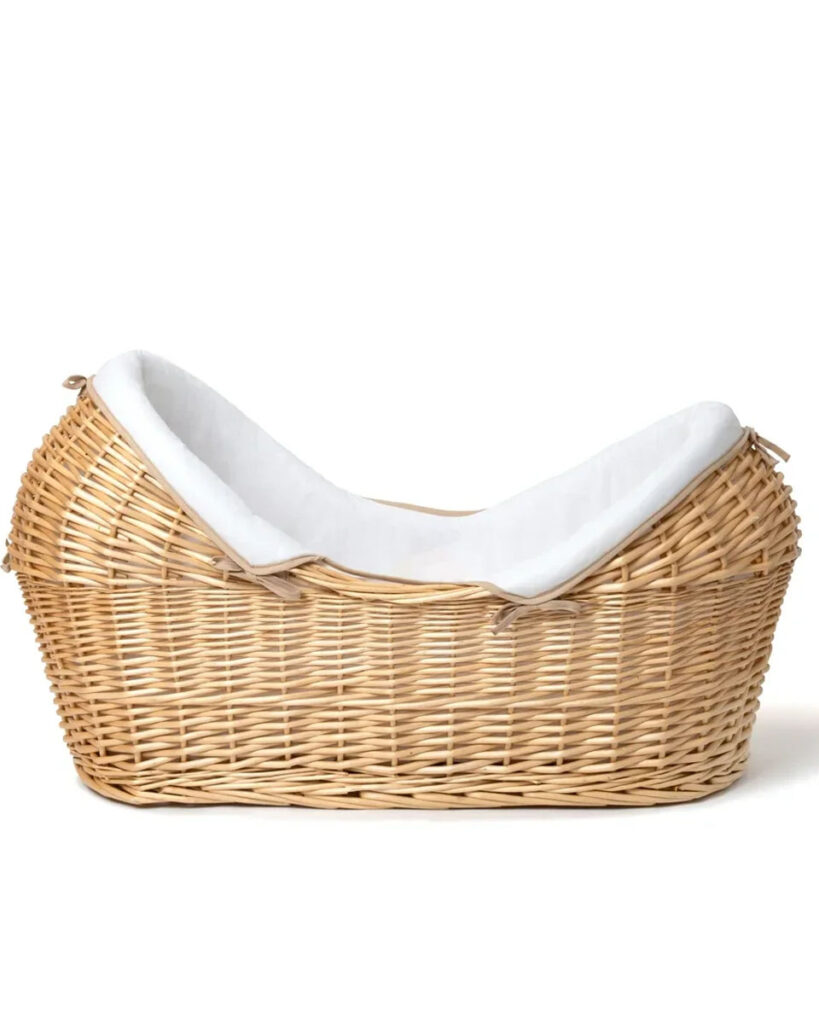
Pros
- Very sturdy and long-lasting
- Classic and elegant design
- Holds shape well over time
Cons
- Heavier than palm or maize
- May splinter or fray with age
- Less comfortable to carry
These are popular for photos or nursery decor, but less ideal if you plan to move the basket around often.
| Type | Weight | Breathability | Cost | Best For |
|---|---|---|---|---|
| Palm | Very light | High | Low | Portability and simplicity |
| Maize | Light | High | Medium | Daily use with extra structure |
| Wicker | Heavy | Medium | Medium-High | Vintage style, sturdiness |
4. Seagrass Moses Baskets
Eco-chic and trending among sustainability-minded parents.
Seagrass Moses baskets are stylish, eco-friendly, and often handmade, offering a modern boho look with natural durability.
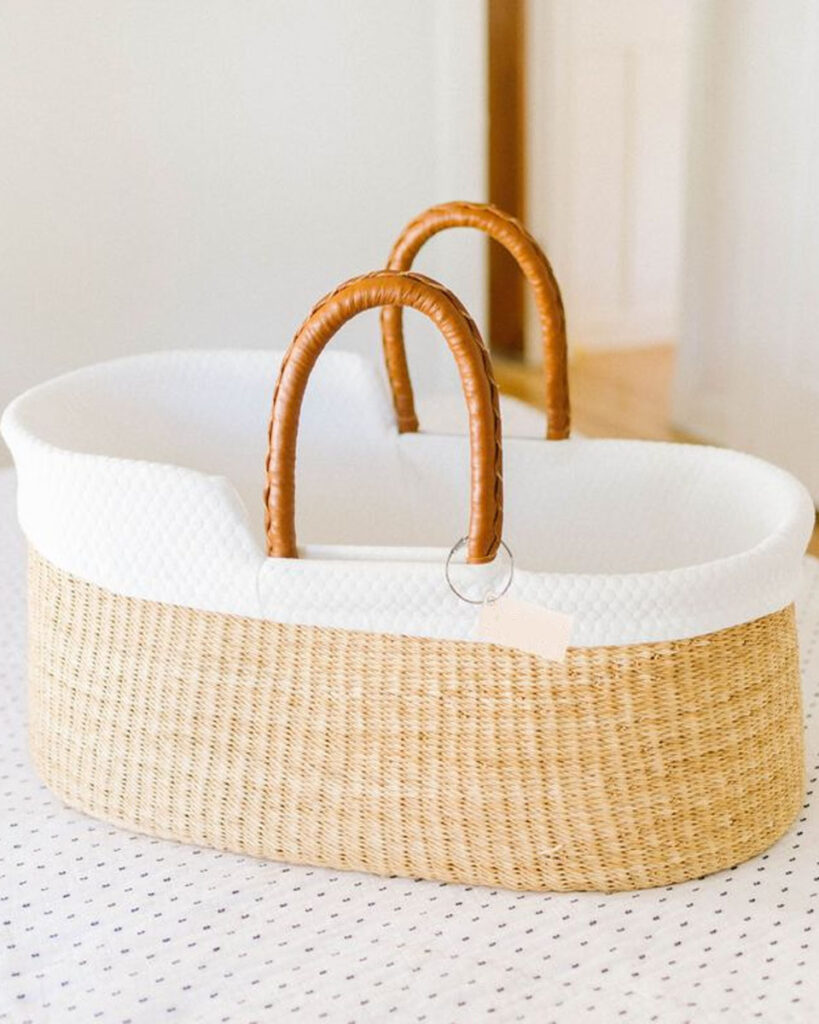
Pros
- Sustainable and eco-friendly
- Stronger than palm
- Distinctive, modern texture
- Often handmade and artisanal
Cons
- Can be more expensive
- Not as soft or flexible
- May vary in finish quality
I love seagrass for its look—it blends with modern décor better than other materials. But double-check sizing, as handmade options may differ slightly.
5. Fabric Moses Baskets
Soft-sided and modern, but not always breathable.
Fabric Moses baskets use structured cloth with foam or plastic inserts, making them easy to clean and lightweight—but with different safety considerations.
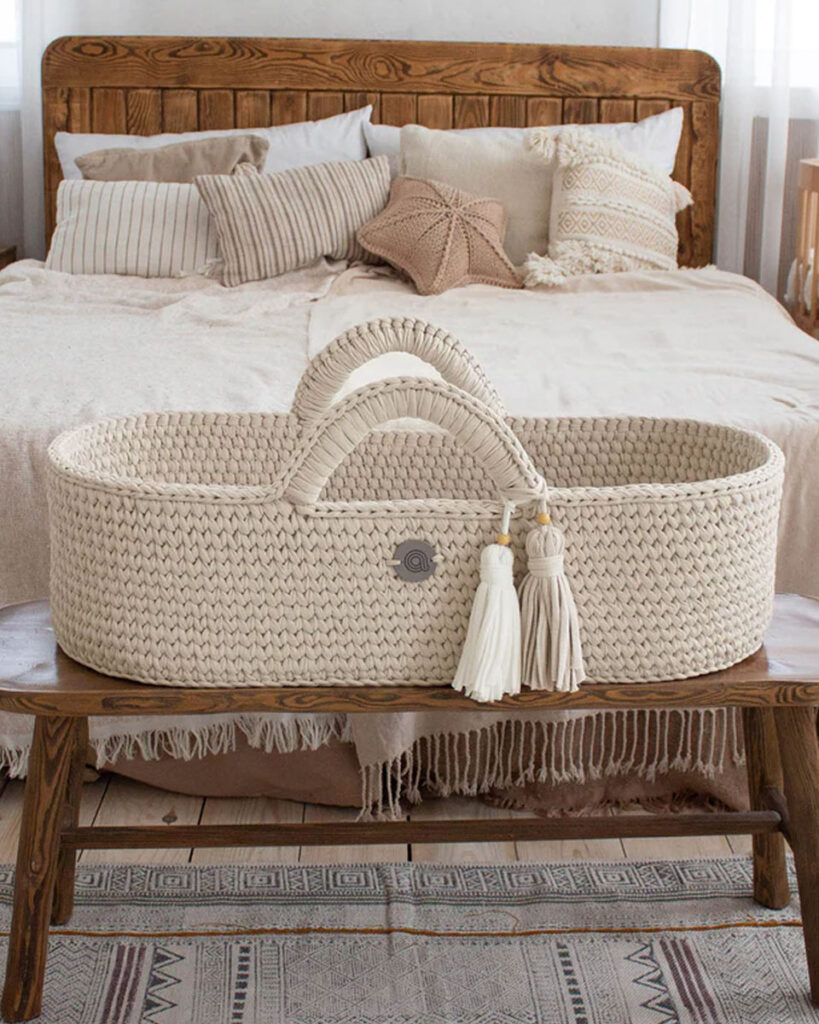
Pros
- Machine washable covers
- Lightweight and collapsible
- Soft to the touch
- Easy to store when not in use
Cons
- Less airflow than woven types
- May not feel as sturdy
- Depends heavily on mattress quality
These are great for travel or small spaces, but always choose one with good ventilation and a firm base.
Conclusion
Each type of Moses basket—palm, maize, wicker, seagrass, and fabric—has its own strengths. Choose based on how often you’ll move it, your style preferences, and how long you plan to use it. Safety and comfort should always come first.


